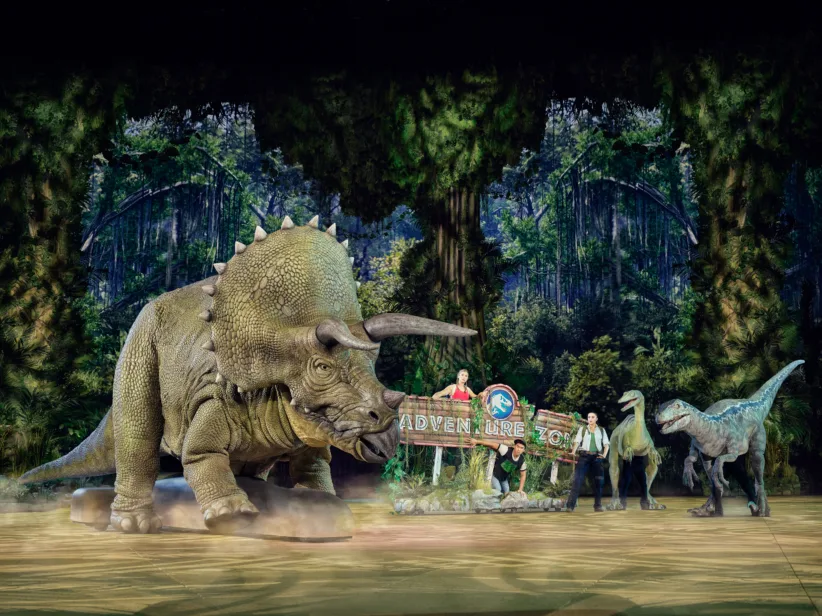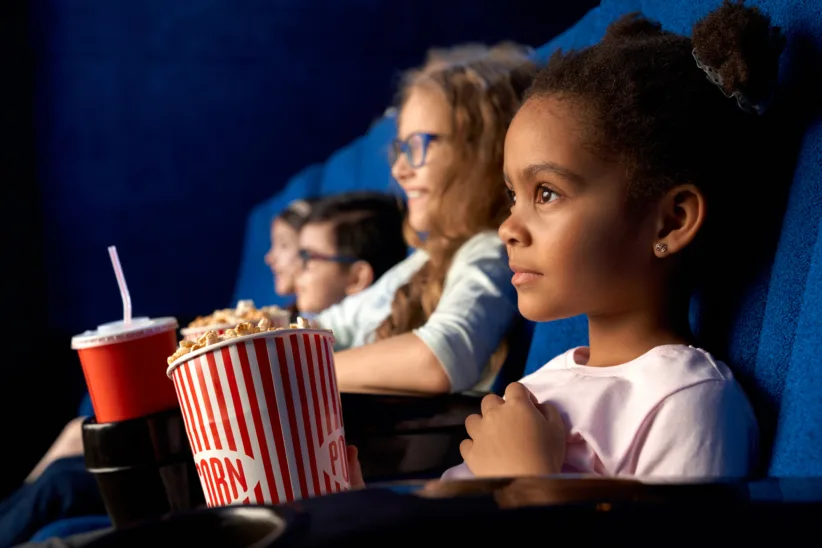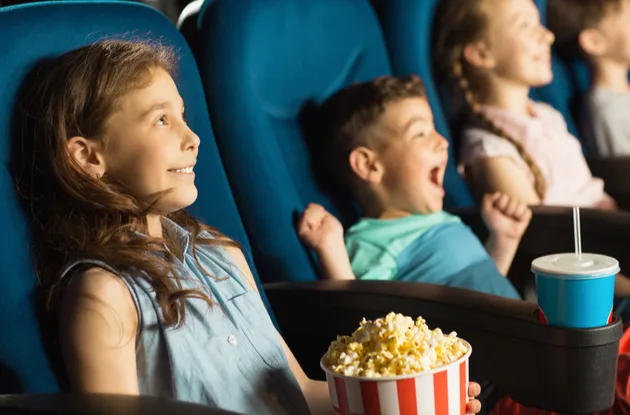The art, the culture, the fine dining, the music of Santa Fe. It’s without a doubt one of the great cultural destinations in the United States, but is it a place you can take your children and still enjoy the finer elements of life? The answer is an unequivocal yes. While many adults appreciate the capital of New Mexico, located at the foothills of the Sangre de Cristo Mountains, as an intimate, romantic retreat, it is also a prime destination to teach your children art appreciation, American Indian culture, and a history lesson of the United States rarely covered in most public school textbooks. Most American children grow up learning that the history of our country started at Plymouth Rock and Jamestown, Va. But in reality, Europeans had settled in Santa Fe 10 years before the Pilgrims landed on the East Coast. Santa Fe is home to the nation’s oldest public building and oldest continuously operating church in the country. Traditions of many of the native peoples remain as they were centuries ago, increasing the historic element of the city. A good way for kids and adults to be indoctrinated into this element of American history is with a walking tour of the Old Town district. Walking around looking at old buildings and architecture could send your kids into fits of boredom, but stops that include Navajo artists making katsina dolls and telling their cultural tales as they would to their own children help to spice things up a bit. Spice things up a little further with the unusual uses for chili peppers and a visit to the world’s busiest Häagen Dazs outlet, and kids will have learned more than a week in the classroom. Another educational outlet that is just a lot of fun is at the Bradbury Science Museum at Los Alamos, less than an hour from Santa Fe. This is where the atomic bomb was built and even parents will be intrigued by the hands-on activities that lead participants through the history of the Manhattan Project through current studies on forest fire management. While you are north of Santa Fe, stop at the Bandelier National Monument, once home to a Puebloan community of 1,500 residents. Kids are encouraged to climb into kivas and can touch many of the exhibits. Prior to your visit, ask about the bat walks and what night they will be held. This is a nighttime activity at the Bat Cave at Frijoles Canyon that explores a colony of Mexican free-tail bats. Or extend your visit to the Taos Pueblo, one of the United Nations’ World Heritage Centers. Here about 100 people, including children and teenagers, live as they did nearly 1,500 years ago, without electricity or running water, or Nintendo or television.
Taos was home to the legendary Kit Carson, and tours of his museum and home are led by the Indian scout’s great grandson, John Carson. Part of the Carson legend is that he was an Indian fighter, which is far from the truth. Carson had a soft spot in particular for Native American children, and adopted a dozen, in addition to having seven children of his own. A visit to northern New Mexico is beautiful anytime of the year, but many come to Taos for the snow skiing. The Taos Ski Valley is one of only four resorts in the United States that remains pure skiing — no snowboarding, no sleds. But kids will love it anyway. The resort has a comprehensive children’s program for babies from six weeks on up, including nursing rooms for mothers. The staff ratio is 1:2 in the infant area and 1:4 in the toddler area. Parents can take their children on the trail with them, or be confident that kids will have plenty of time to play in the snow and practice their skiing under the guidance of well-trained children’s instructors.
If you fly, most likely you will arrive in New Mexico through Albuquerque Sunport, just an hour south of Santa Fe. Much larger than the state capital, with over 600,000 residents, Albuquerque has an interesting Old Town District that includes more than 200 eclectic shops and galleries, and a plaza that contains relics from the western-most battle of the Civil War. But more intriguing for kids is the American International Rattlesnake Museum on the southwest corner of the plaza. This is a place that should creep out adults and thrill children with a display of more than 65 live rattlesnakes, as well as snake oils, milking demonstrations and rattlesnake memorabilia. Other exhibits include iguanas, toads, boa constrictors, and other creepy crawlies. Albuquerque, however, has become most famous in the past 30 years for hot air ballooning. The city’s location at the base of the mountains, and sunny conditions about 300 days of the year, create one of the world’s most ideal climates for ballooning. Family rates are available, but in general, plan on spending about $100 per child and about $150 per adult for a one-hour flight. Advance reservations are recommended and result in cheaper fares. There’s nothing like the whispering grace of hot-air ballooning, which is considered a safe activity for children over age 5. While younger kids may be somewhat disturbed by the burner noise as the pilots maneuver, most children are enthralled by the colors and views from about 1,000 feet up. Pregnant women are discouraged from ballooning simply because of the potential for rough landings, which are rare. Otherwise, the American Southwest, which can be experienced in many states, is undoubtedly most beautiful and culturally diverse in the high desert of northern New Mexico, an area that earns its name, The Land of Enchantment.
Note: Santa Fe is in the high desert at 7,000 feet. As a result the air is extremely dry, with an average 20 percent humidity. The air contains about 20 percent less oxygen than New York. Drink plenty of fluids to minimize headaches and leg cramps. Kids in particular may experience a greater number of nosebleeds, so bring nasal saline spray, as well as moisturizing solutions for your eyes, and lip balm. And pack a big bottle of hand lotion and sunscreen. You’ll need it.





















